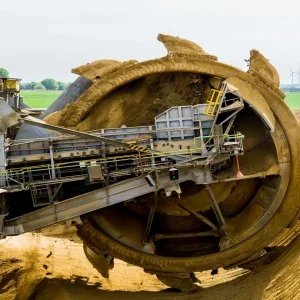GE said that the EU’s Strategic Energy Technology (SET) Plan’s recommendation for a significant increase in research and testing should be reexamined. GE and other technology companies have tested, proven and stand ready to deploy many of the technologies that will help design and optimize a smart grid.
In order to implement the large-scale rollout needed, EU members must agree on how to fund the multi-billion Euro investment. The smart grid’s job creation and economic opportunities across the EU is expected provide incentive for the governments to act.
The SET communication identifies the need for EU-wide investment models and legislation that encourage network operators to adopt carbon-smart solutions. Regulators need to examine examples tried elsewhere in the world to determine and clarify how network operators will be rewarded for smart grid related capital expenditure (capex).
Currently, capex is spent on primary assets that earn regulated revenue over the entire assets’ lifetime and the network operators have invested accordingly. GE believes new operating and investment models require new regulation models.
Ricardo Cordoba, president of GE Energy for Western Europe and North Africa, said: ” With the Copenhagen climate change talks in progress, now is the optimum time to plan how we will deliver smarter, cleaner and more efficient electricity .A smarter grid is a proven path to ensure the integration of renewable and distributed generation, to increase the efficiency of energy delivery, to empower consumers to manage energy use and reduce bills. ”
GE also recommends a more aggressive move to smart grid. The company claimed that with already-proven technologies, it is potentially possible to best the commission’s goals of having 25 to 30 cities and half the EU operating on the smart grid by 2020.






